"Ideology" is a kind of sublimation of Chinese traditional culture in the accumulation of thousands of years. It has beautiful scenery, profound emotions, and contains the experience and philosophy of life. It is a realm pursued by artists throughout the ages. Let's take a look at the application of the "Italian" in the creation of ancient jade carvings, and taste the beauty of the artistic conception. 1. The social environment in the Ming and Qing dynasties In art appreciation, people emphasize "resonance", which means that the appreciator can understand the author's life and produce the same psychological experience. Hu Jingzhi and Wang Yuechuan said in the "Methodology of Aesthetics of Literature and Art" that in the process of artistic appreciation, "understanding itself is a positive and constructive behavior, which includes the factors of creation." The appreciator decodes and interprets the image of the artwork through experience and imagination, reproduces the rich content contained in the image created by the creation subject, and fully understands the author's intention to create the image. Goethe once put forward the importance of "poetic mind" from the perspective of poetry: "No matter what spirit the poetry produces, it needs to be accepted by the poetic soul. The analysis of indifference will destroy poetry and eventually have nothing to gain." The same applies. The dissemination of works of art requires ideal recipients. They can enjoy the artistic conception of the openness of the works through appreciation activities. Therefore, they have higher requirements for the artist's artistic accomplishment and cultural heritage. The unprecedented prosperity of the production of jade articles in the Ming and Qing Dynasties was the material basis for the prevailing society in the whole society, and it was also related to the changes in the minds of the literati at that time. Beginning in the middle and late Ming Dynasty, under the influence of Wang Yangming's psychology, the literati became flexible and changed, advocating a free and secular lifestyle, and its aesthetic taste will inevitably affect the development of jade culture at that time. The relationship between the jade articles of the Ming and Qing Dynasties and the social and cultural life is getting closer and closer. The literati often use jade as a washing, pen holder, paperweight and other stationery in the study, or decorate with jade. At the same time, the literati also collected a large number of jade articles, with Yu Mingzhi, highlighting the gentleness of the gentleman; the interest of collecting and appreciating, as an elegant and far-reaching heart. Because the jade is deeply loved by the intellectual class, the literati's preferences further influence the jade's innovation, and the craftsmen have also learned a lot of literati's aesthetic taste and contemporary culture. The jade craftsmanship was deeply influenced by the paintings, calligraphy and craft carvings at that time. The works pursued the artistic conception to adapt to the quiet life attitude of the literati and the elegant artistic taste. Second, the direct source of artistic conception - the influence of literati painting on jade carving From the perspective of the history of Chinese painting, the ink paintings of the literati in the Song Dynasty rose to the prevalence of the Yuan Dynasty, and there were a large number of ink paintings such as Qian Xuan, Wang Yuan, Li Wei, Ke Jiu Si, Ni Wei and Wang Wei. In the Ming and Qing Dynasties, ink painting became the mainstream style of painting. The literati painting reflects the traditional Chinese philosophy and aesthetics in observing cognition, image shaping and expression techniques. From the beginning of its creation, it deviates from the description and depicts the objective things from the perspective of “freehandâ€. "Between the two", even when depicting the natural and objective objects such as landscapes, flowers and birds, it is also consciously related to the social consciousness and aesthetic taste of the human being, and the artistic conception and the artistic conception in the pen and ink influence the other A variety of artistic creations. The creation of jade carvings in the Qing Dynasty was greatly influenced by the painting style of the “Four Kings†in the early Qing Dynasty. The composition of the jade carvings was delicate, full and layered. The three far-reaching methods of "Pingyuan", "Gaoyuan" and "Deepness" in paintings are often used in jade articles to reflect the momentum and charm of the scenes and characters in the jade articles of the Qing Dynasty. Taking Yushanzi as an example, the layout of the mountain and stone is balanced and steady, and the layers of forests are stacked up, and the artistic conception is light; the characters, animals, birds, flowing water and other layers are distinct, each with its own form, and the literary paintings are infiltrated from the framing, layout and hierarchical arrangement. Third, from the plane to the three-dimensional artistic conception The famous Swiss esthetician and art historian Heinrich Wolflin described five categories of plastic art styles in the "Basic Concepts of Art History". "Flat" and "Deep" are one of them. The relationship is understood as the development of art from the plane to the perspective and the three dimensions. Planarity has a firm planar geometry. It does not mean that there is no perspective in the picture. The will of the plane arranges the pictures to be parallel to the plane of the picture layer by layer. All the lines are defined and bound to the plane. Wolflin emphasized the "development" of the plane to the depth, pointing out that these two spatial consciousness means two different imaginary spaces, the plane is the imaginary space of a given range formed after design, and the depth is a relatively free Movement state. Therefore, the former is the development of two-dimensional plane to three-dimensional, while the latter introduces the factors of motion and the factors of change, forming an imaginary four-dimensional space. The trend of the development of artistic works in the depth of space increases the viewing angle, and infects the viewer with more expressive power. All angles and different viewing distances should be regarded as meaningful angles and meaningful distances. The angle should be clearly articulated. As described above, the literati painting provides a new theme, decorative techniques and expression techniques for the jade carving, which is very obvious in the manufacture of the palace jade in the Qing Dynasty. Many Qing Dynasty court painters have designed jade carvings, and some jade carving works are directly made with reference to predecessors' paintings. These works turn the plane of painting into a three-dimensional representation, and the layout and structure are more appropriate, which makes the artistic expression ability sublimated. The beauty of the artistic conception transmitted by the plane needs to be transformed into the depth of the viewer's psychology through various forms of expression; while the jade carvings created by painting as a blueprint, through the techniques of relief, round carving and other techniques, form special effects of high and low, shallow and contrast, far view It is like a painting that is light and quiet. However, compared with painting, jade carving has a more direct three-dimensional effect, and has the beauty of jade quality, which can bring better visual effects and psychological feelings to the viewer. During the Qianlong Period of the Qing Dynasty, the jade carving "Tongyin Ladies' Yushan" was restructured according to the court painting "Tongyin's Lady Figure". The jade used in the sculpture was actually abandoning the material after the carving of the bowl, and the courtyard was quiet and the characters were vivid. Taking the moon gate as the boundary, the courtyard is divided into two parts, the front and the half are hidden. On the right side of the door, a woman holds a ganoderma lucidum, surrounded by rockeries and tung trees. On the other side of the door is also a woman holding a bottle. The woman outside is looking at the door from the door, surrounded by banana trees, stone benches, stone tables and rocks. The Moon Gate creates a secluded light and shadow, highlighting the beauty of the three-dimensional, with a white jade, more artistic and artistic than the original painting. Fourth, the integration of poetry and painting - the complementary effect of jade carving poems on artistic conception In commenting on Wang Wei's works, Su Shi said: "The poems of the taste and the poems, the paintings in the poems; the paintings in the paintings, the poems in the paintings." This argument is easy to understand, but profound in meaning, it is poetry, Drawing a concise summary of the common aesthetic realm, and opening up the concept of artistic conception between literature and painting, has a great influence. If the "poetry" is often presented in the image of the picture, then the meaning of "painting" is that it is rich in poetry. In the literati's pen, the mountains and rivers, the bamboo and plum blossoms seem simple, but once the poems are written, they often produce attractive artistic charm. Poetry and painting are connected and dependent on the creation of artistic conception. The intrinsic connection between literature and painting has developed into a special form in the history of Chinese art. This is the Chinese painting after the Song and Yuan Dynasties, which has gone on poetry, books, paintings and seals. The road to one. In the Ming Dynasty, the official man of the Ming Dynasty became a fashion, and there were two main types: one was the jade ritual jade worn by the group in the dynasty and the grand ceremony, and the other was the daily wear. The jade card. The jade brand almost never appeared before the Song Dynasty. The Ming Dynasty began to be popular. The literati was peculiar. Usually, there were calligraphy and poetry, and there was an unprecedented art of poetry, calligraphy and painting. Among them, the application of Lu Zigang was the most successful. Named "Zigang". The jade crafts of the Ming and Qing Dynasties were influenced by the art of calligraphy and painting, and compared with the jade articles before the Song Dynasty. Some jade carvings depict landscapes, poems and essays. Some jade ornaments are used to better express the artistic conception of poetry, and the matching patterns of verses reflect the rich literati taste. The text decoration has both lines of freehand and elegant forms of strokes, as well as profound implication of deepening the artistic conception and extending the content. Similar subjects can also present different artistic conception through different poems. MH yarn dyed fabric for you, it's also called school check fabric. The advantage of the Fabric is soft, comfortable, Skin-friendly, popular in spring season. woven fabric in solid , TC fabric, Y/D FABRIC Shaoxing Harbour Textile&Garments Co., Ltd , https://www.sxharbour.com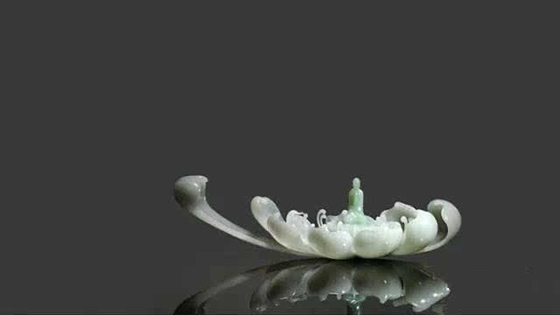
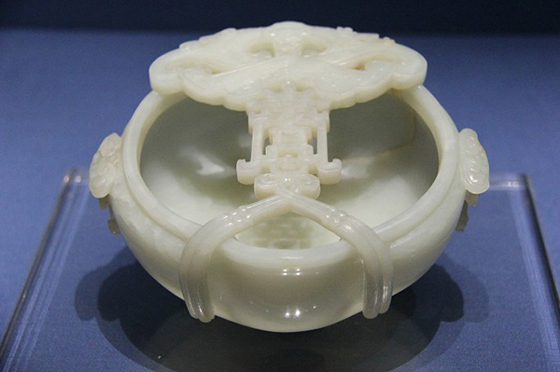
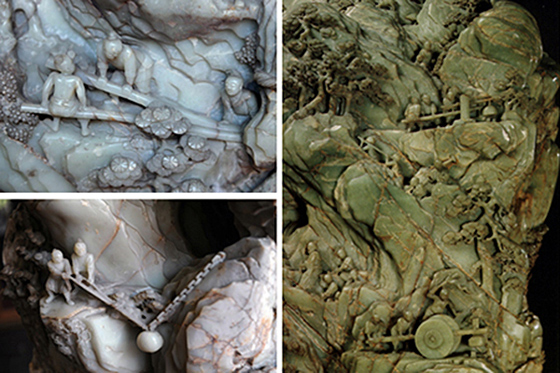
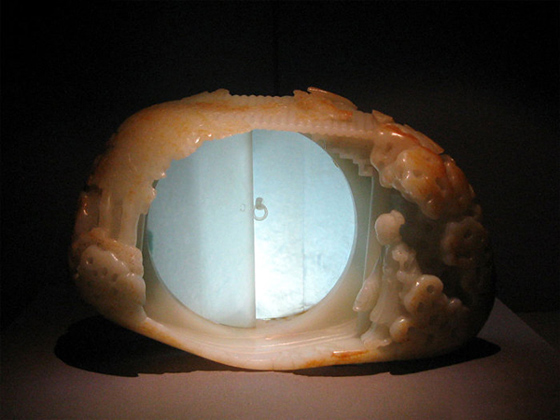
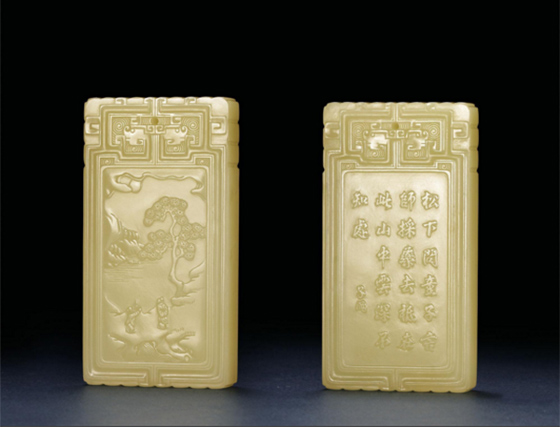
The colores are mainly bright , and the patterns are also distinguished by color contrast.
The yarn dyed fabric is weaved by dyed yarn. Not like other fabric it's dyed after weaving.
It can be made of all materials, like cotton, chemical fiber and linen
Look its this patterns, because its made by dyed yarn, it give us more 3D effect comparing with printed fabric .
Also another advantage of yarn dyed fabric is: it has much better color fastness.
If you are a distributer or you have your own brand, The edge of the fabric can be customized by weaving the information on it.
In addition, printing logo on the fabric is also other option to show the school or institution's name.
This fabric is widely used for school uniform, shirts, pants,skirts and so on.